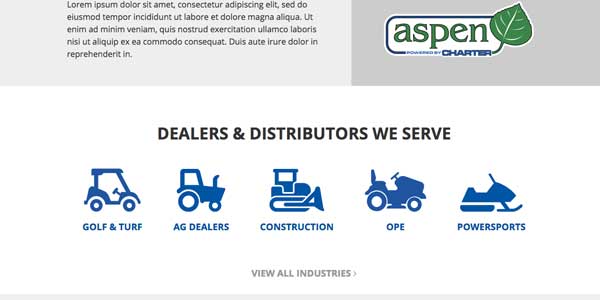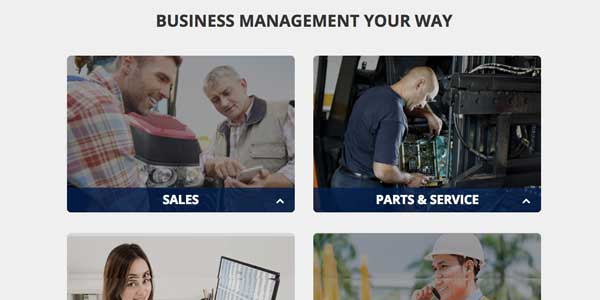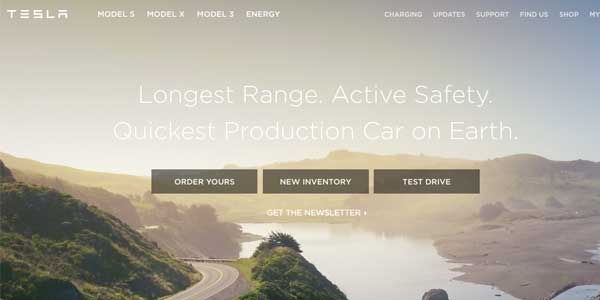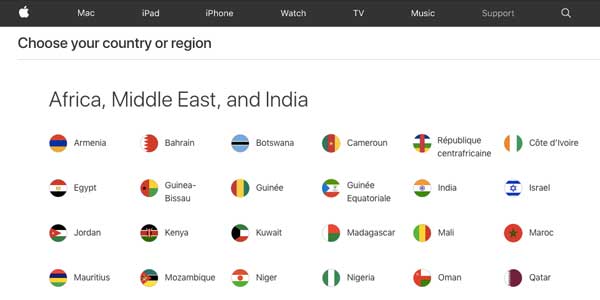Is your website generating worthwhile leads that help to grow your business? Quality leads that your team can convert into customers?
If the answer to either of these questions was “no,” you’re far from alone. Even if you’re getting some leads, these tips will help increase your deal flow.
Many companies struggle to generate enough quality, worthwhile leads through their website. They either don’t know where to begin or how to begin and creating a website that generates quality leads becomes a rather daunting task. Your website either pulls in quality leads or it pushes them away — to another company that can solve their problem. If you aren’t getting enough leads, you’re getting too many of the wrong kind of leads or you’re not getting enough leads of high quality, your website may not be helping your cause.
Every company can use more sales leads — in both quality and quantity — but many are unsure how to go about generating superior leads through their website.
In order to foster enough high-quality leads through your website, it is critical that you start with identifying your customer. The content on your site must be able to solve a visitor’s specific problem. The problem you solve can (and should) differ based on the size of the visitor's company, their role in the company, their budget, and many other factors. The key to generating more high-quality leads is to target the specific need that led them to your website in the first place and showcase the solution to their need.
Following these five proven strategies can help increase the number of worthwhile leads from your website. Let’s get started.
1. Define Persona (profile of your buyer)
What is a persona? For our sake, a persona represents a category of users who exhibit similar behavioral patterns — purchasing decisions, how they use technology or other products, their customer service preferences, lifestyle choices, etc. — that help us group them together and understand their wants and needs. Behaviors, attitudes, and motivations are common to a “type," regardless of age, gender, education and other typical demographics. As a matter of fact, personas can often span a number of demographics.
For example, a small-business owner who enjoys outdoor activities may also be a mother with young children. Another example could be a 20-something male HR manager who loves to cook and prefers public transit to driving a car. As you can see, personas often span several demographics and help organizations see the world through their potential customer’s eyes.
Defining personas allow you to relate to your customers as real people, understand their problems and help solve them. Understanding your target personas allows you to create content and develop products that cater to the needs of those visitors.
This informative blog post from HubSpot, an inbound marketing and sales platform that helps companies attract visitors, convert leads and close customers, details how to create detailed buyer personas and offers a free persona template to help you get started.
2. Allow Users to Self-Identify
Another way to generate high-quality leads from your website is to allow users to self-identify. Rigid personas don't always account for the varying nature of a potential customer’s behavioral patterns and allowing users to identify themselves offers a route that allows leads to pare down possible options on their own. For example, the Mile High United Way’s site allows users to select whether they are a Donor, Volunteer or Advocate. The messaging on the next page focuses on that visitor's specific interest instead of taking a shotgun approach

3. Offer Multiple Ways to Browse
People think differently based on the context surrounding them — it’s just human nature. As such, you should consider allowing users to browse your website in a number of ways. Potential leads may be looking for a specific service you offer or they might be looking for services offered for their specific industry, while another visitor may be looking for the solution and may not know what the required service is. Your site needs to be able to address each of these pathways, or it’s not doing its job.
Charter Software does a great job of allowing visitors to self-identify by industry or by a department.


4. Use the Right Calls to Action
This strategy is of utmost importance as each visitor is at a different point in the buying cycle. Some visitors may only be aware of your existence, while others may want to come meet your team in person and consider their options. Others might be ready to make a purchase. Having the right calls to action can help you determine where that visitor is in the buying cycle and also gives you an opportunity to get them to the next logical step, based on their commitment level.
A great example of using the right calls to action is the Tesla website. For the person who knows what they want and is ready to purchase, they have created an “Order Yours” button. For someone still comparing their options, the site offers a “New Inventory” button and finally, for those who are merely aware that Tesla vehicles exist, they offer a “Test Drive” feature that allows visitors to schedule a test drive.

5. Offer a Customized or Personalized User Experience
If a visitor came to your website from a specific source or location, you may be able to infer certain bits of data about them. Play up that knowledge and provide users with a customized experience that caters to their wants and needs. A personalized or customized user experience can enhance user satisfaction and drive higher-quality leads by improving the site’s usability and accessibility.
For example, there are systems that allow your website to match a visitor’s IP address to a state or country. In this example, say someone visits from an IP address mapped to Mexico, the website can show that user the Spanish version of the website first and then allow them to switch to English if that is their preference.

In the end...
Your current website may be set up to only capture low-hanging fruit. By implementing these specific strategies, you may increase not only the number of leads generated but also increase the quality of the leads generated. These five strategies will help you create a website or landing page optimized for high-quality lead conversions, ultimately, boosting your top line.
